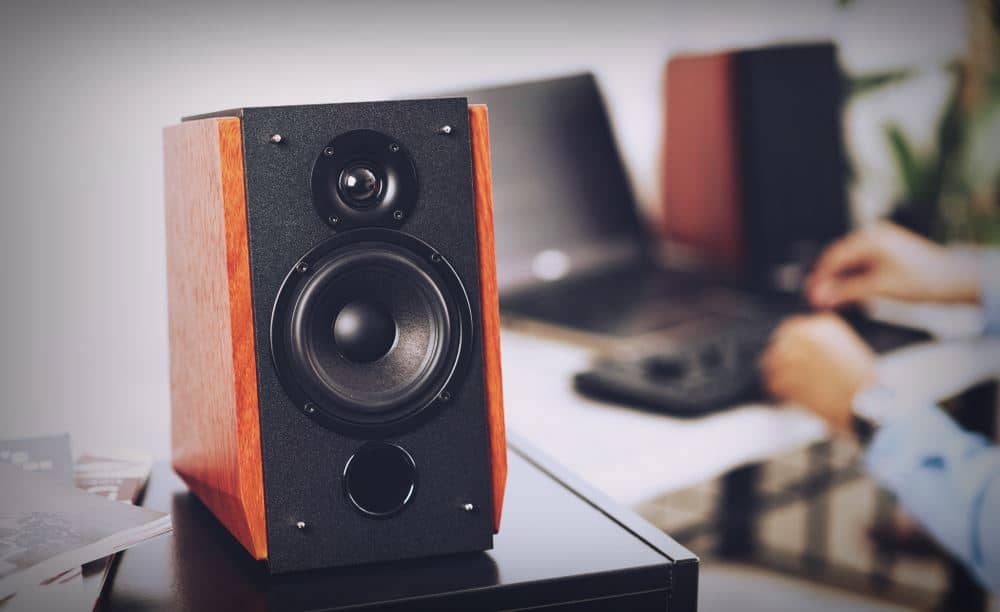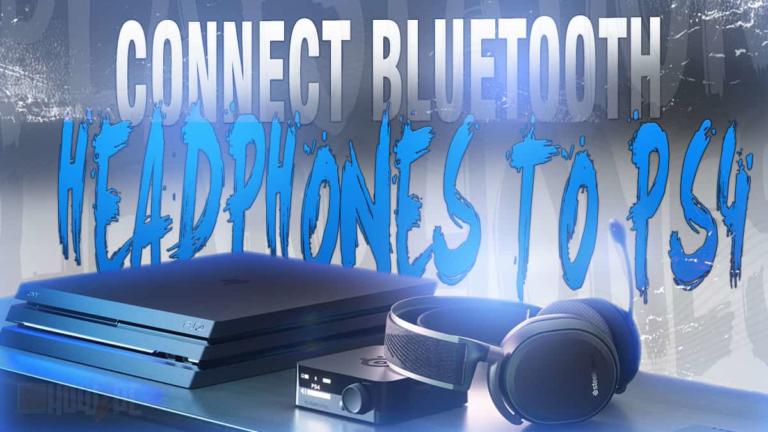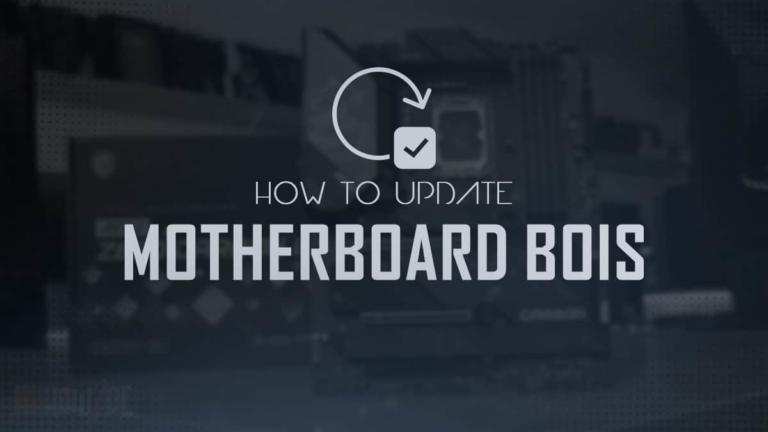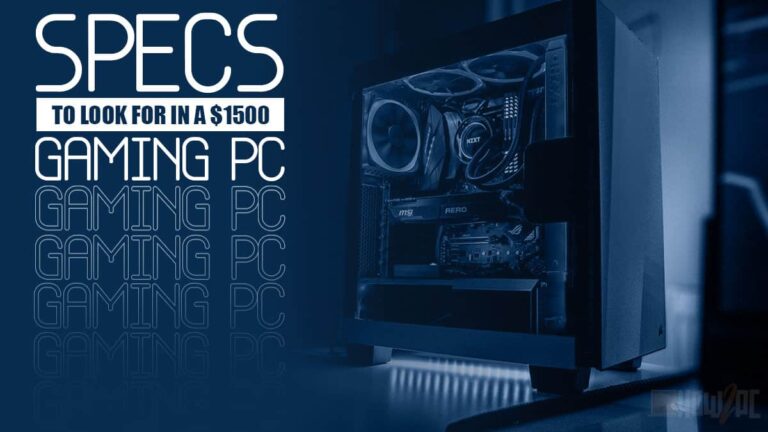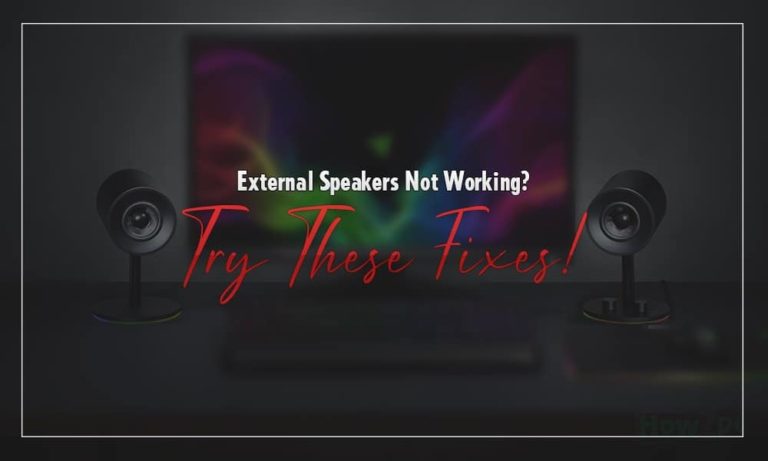Bookshelf speakers, a nameplate that keeps growing and growing. Today, bookshelf speakers have overtaken all other types of speakers in terms of popularity and are the de facto choice of many audio enthusiasts.
Their popularity is not only limited to audio enthusiasts and even for general tasks, these speakers are utilized regularly. Despite being this common and mass-marketed there is little effort done to fully explain these speakers to an average joe.
Due to the lack of information most people use their bookshelf speakers incorrectly. The lack of information also affects the people that are looking to purchase bookshelf speakers because without the relevant information they do not know where to start.
That is now over though because this article will uncover all the nooks and crannies of bookshelf speakers and we will provide detail on everything you need to know regarding bookshelf speakers.
What is a Bookshelf Speaker?
To fully understand what is a bookshelf speaker we have to take a look at its origin. Back in the late 1960s speakers used to be large and therefore were not suitable for an average household due to space constraints.
This is when the design that we know today as a bookshelf speaker was introduced. The main objective at that time was to produce speakers that were compact enough to be used in an average household.
It was not until the late 1980s that these speakers starting getting talk in the community. This was the time when the companies that we know and love today starting mass-producing bookshelf speakers due to the demand of the public and now we are here today with bookshelf speakers being the most popular form of speakers.
Despite having the name bookshelf speaker, these speakers are not only meant to be on shelves. The modern interpretation of a bookshelf speaker is that they can be utilized in any orientation as long as they are raised from the floor. Putting bookshelf speakers on the floor is a no go but besides that, you can use them however you like.
RELATED:
16 Best Bookshelf Speakers Under 200$
16 Computer Speakers Under $100
Bookshelf vs Floorstanding Speakers: Which One to Buy?
Soundbar vs Bookshelf Speakers
Bookshelf Speakers vs Studio Monitors: How are They Different?
How to Setup Bookshelf Speakers

Let’s say you have bought bookshelf speakers without doing the proper research and now are starting the speaker box wondering how to set them up. Well, do not worry because we have got you covered.
Gear Required to Setup Bookshelf Speakers
A small note before we begin listing the required gear. Bookshelf speakers are of two types i.e active speakers or passive bookshelf speakers. The main area where these speakers differ is connectivity as active speakers have a built-in amplifier while passive speakers lack an amplifier.
So if you have an active speaker feel free to skip this section as it contains pretty much everything you need to get up and running. On the other hand, folks with passive speakers can continue with the read.
- Receiver
A receiver is a device that decodes multiple signals and routes them to their respective destination. Receivers are of two kinds and all receivers have amplification capabilities. The two types of receivers are stereo receivers or AV receivers.
A stereo receiver is the simplest of the two. It is basically an amplifier with additional radio capabilities which include multiple stereo ports and volume control functionality. A stereo receiver is mostly used for audiophile or turntable use.
An AV receiver on top of having all the capabilities of a stereo receiver has an additional video encoding ability aswell. These receivers also have multiple channels and are mostly used in home theatre or similar applications that require a surround sound setup.
- Cables
This needs little to no explanation. Cables are necessary for the speaker to work. Cables are a little different from the speaker wire which we will list next but just keep this thing in mind that cables are only needed when you have spring terminals on your speaker. Spring terminals basically refer to the connectors that utilize a red and a black socket which is operated via a spring clip. So if your speaker has those red and black terminals then get cables otherwise proceed to the next listing.
- Wire
The new speakers that are being released now have binding posts for connectivity. Binding posts require a single speaker cable that is wrapped around them. The binding post method is simple and more secure than the spring clip method hence the reason brands now have adopted it.
- Pre Amplifier ( Only required for Turntable with no built-in Pre Amp)
An amplifier is a device that turns the weak incoming signals from the source into stronger signals that can be used by the speaker to produce sufficient sound. For a turntable, a preamplifier is necessary because, without the preamplifier, the receiver will not be able to process the sound signal.
Since some turntables do come with a built-in preamplifier it a wise idea to check beforehand if your turntable has one or not. To check for a preamplifier, search for the phono out on the back of your turntable. If the phono out port is present then your turntable has a built-in preamplifier and you do not need to get an external one. If the phono out port is absent there is no choice other than to get a preamplifier for the turntable.
- 3.5mm to RCA cable (Only required for connecting bookshelf speakers to a Tv)
Tv’s come with different ports for the audio but one port most of the TVs have in common is a 3.5mm audio out plug. Therefore we recommend buying 3.5mm to RCA cable irrespective of your Tv brand if you want to connect bookshelf speakers to a Tv.
- Banana Plugs (Optional)
Banana plugs are adapters that have a ¼ inch or 3.5mm plug. The beauty about these things is that you can thread a bare speaker wire into them essentially turning the naked end of the speaker wire into a stereo plug. This saves a lot of hassle of plugging naked speaker cables into the amplifier.
- Power Supply (Optional)
You can get better power supplies that have low noise floors to eliminate any background noise because the supplied power adapter is usually not good. If you keen on getting a power supply make sure the adapter has a rating of 12-24v.
- Speaker Stand (Optional)
A speaker stand is only required if you plan on using the speakers in a place with no elevated surface to support the speakers. In that case, the best bet is to get a speaker stand. The most common use of a speaker stand is in the home theatre application when you want your speakers positioned right beside the Tv. Anyhow, if you want to get a speaker stand make sure to get the one that fits your speaker because they come in various dimensions.
Connecting all the Gear to a Bookshelf Speaker
Connecting everything together is not that obstructive as it looks. It actually requires a very simple process to get everything up and running in no time. The process is also a little different depending on what you connect your speaker to. For the sake of simplicity, we will only use the receiver because these days most folks run receivers with built-in amplification capability for their audio setups.
Connecting a Bookshelf Speaker to a Computer
Connecting the speaker to a computer is the easiest because most computers already have audio receivers. To connect a bookshelf speaker to a computer follow the steps mentioned below.
- By using a 3.5mm to 3.5mm male cable connect the computer to the receiver.
- Connect the speaker wire or the cable into the receiver. The receiver will have a red and a black terminal so make sure to correctly align the cables to their respective terminals.
- Connect the power adapter of the receiver into a socket.
- Play the music and enjoy
In just these few simple steps you can connect a passive speaker to your computer. Alternatively, for an active speaker, you can skip all the steps and directly plug a 3.5mm cable from your computer into the speaker. Some active speakers even have a Bluetooth connection which you can utilize aswell and with the click of just one button, you can get your music up and running.
Connecting a Bookshelf Speaker to a TV
Tv connectivity is also a non-issue and with a few simple steps, you can set up bookshelf speakers on your Tv. Before connecting bookshelf speakers to Tv make sure you have an AV receiver if you plan on using surround channel audio.
- Connect the speaker cable into the receiver
- By using the 3.5mm to RCA cable connect the Tv to the receiver by plugging the 3.5mm end of the cable into the audio out port on the Tv and the RCA connectors to the corresponding color ports on the receiver.
- Go into the audio setting of the Tv and select the newly connected source.
Connecting a Bookshelf Speaker to a turntable
Out of all the devices connecting the bookshelf speaker to a turntable is the trickiest. This is not because of the process which in all honestly is quite straightforward but rather because there are so many variations of turntables available in the market.
Due to this, drafting a universal method is not possible because some turntables come with a preamp while others do not. Therefore we will list the method that also includes connecting the turntable to a preamp. If your turntable has a built-in preamp feel free to skip the irrelevant step.
- Connect the turntable to the preamp with the use of an RCA cable. Make sure to correctly connect the plugs with the corresponding color of the cable.
- If your turntable came with a ground wire then connect one end of the wire to the preamp while the other to the turntable.
- With the above two steps done our business with the preamp concludes. Now we can continue with the receiver part.
- Plug one end of the RCA cables into the audio output ports of the preamp or turntable and the other end into the line-in ports of the receiver.
- Finally, connect the speakers to the receiver and you will be done with the turntable setup.
How to Position Bookshelf Speakers

The positioning of the speakers depends entirely on their configuration and your setup. There is no right or wrong way here so let us explain both aspects one by one in detail for a better understanding.
Bookshelf speakers have different design layouts and configurations. Some are 2-way speakers while others are 3-way. Some have a rear port while others have a front-facing port. Different positioning can affect the sound of the speakers. The distance speakers have from the wall can also affect their sound can elevate some frequencies and reduce others. For example, putting the speakers close to the wall can amp up the bass somewhat.
Anyhow, let’s get to the common ways now in which speakers are utilized. Mostly, people place a speaker on a stand because having an open surrounding can help to disperse the sound better. The other popular way is wall mounting which is commonly used when setting up surround sound systems.
If you are overwhelmed by all this and are wondering how you should position your speakers just follow the golden rule of placing the speaker at 10 o’clock and 2 o’clock respectively. The 10 o’clock and 2 o’clock speaker placement is from the user’s listening perspective.
YOU MAY ALSO LIKE:
2.1 vs 5.1 vs 7.1 Speakers: How are They Different?
How to Set Up Speakers on PC
How to Connect a Bluetooth Speaker to a Computer
External Computer Speakers Not Working in Windows 10? Try These Fixes!
How to Make Computer Speakers Louder?
Conclusion
We hope we have fully explained everything about bookshelf speakers to you so what you are waiting for get out there and grab your favorite pair of bookshelf speakers.

